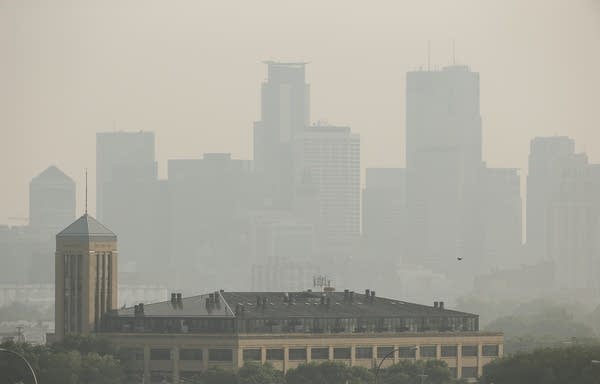Urgent warnings for Minnesota in U.S. climate report

There are grim conclusions for Minnesota tucked inside the latest National Climate Assessment.
Jeff Wheeler | Star Tribune via AP
Go Deeper.
Create an account or log in to save stories.
Like this?
Thanks for liking this story! We have added it to a list of your favorite stories.


